As 2021 starts, we enter a critical decade to achieve the United Nations Sustainable Development Goals (SDGs). Designed to accelerate business innovation to solve global sustainability challenges, United Nations Global Compact (UNGC) Young SDGs Innovators Programme (YSIP) in China was officially launched in January, 2021.
Learning from leading experts specialized in corporate social responsibility and sustainable development, cutting-edged technology, low carbon and design thinking, dozens of young innovators from industries including electricity, chemicals, ICT, food and beverage, building materials and consulting gained knowledge in business SDG innovation practices, AI for SDG, carbon neutrality and carbon management. They also tried to adopt a people-centered and SDGs-oriented design thinking method to identify challenges their enterprises face.
The goal of the first innovation camp of YSIP is to initially identify the key challenges that impede enterprises’ sustainable development. By learning relevant knowledge and methods, each team is expected to pinpoint the core problem their business cases aim to address.
First step: Understand and apply the SDGs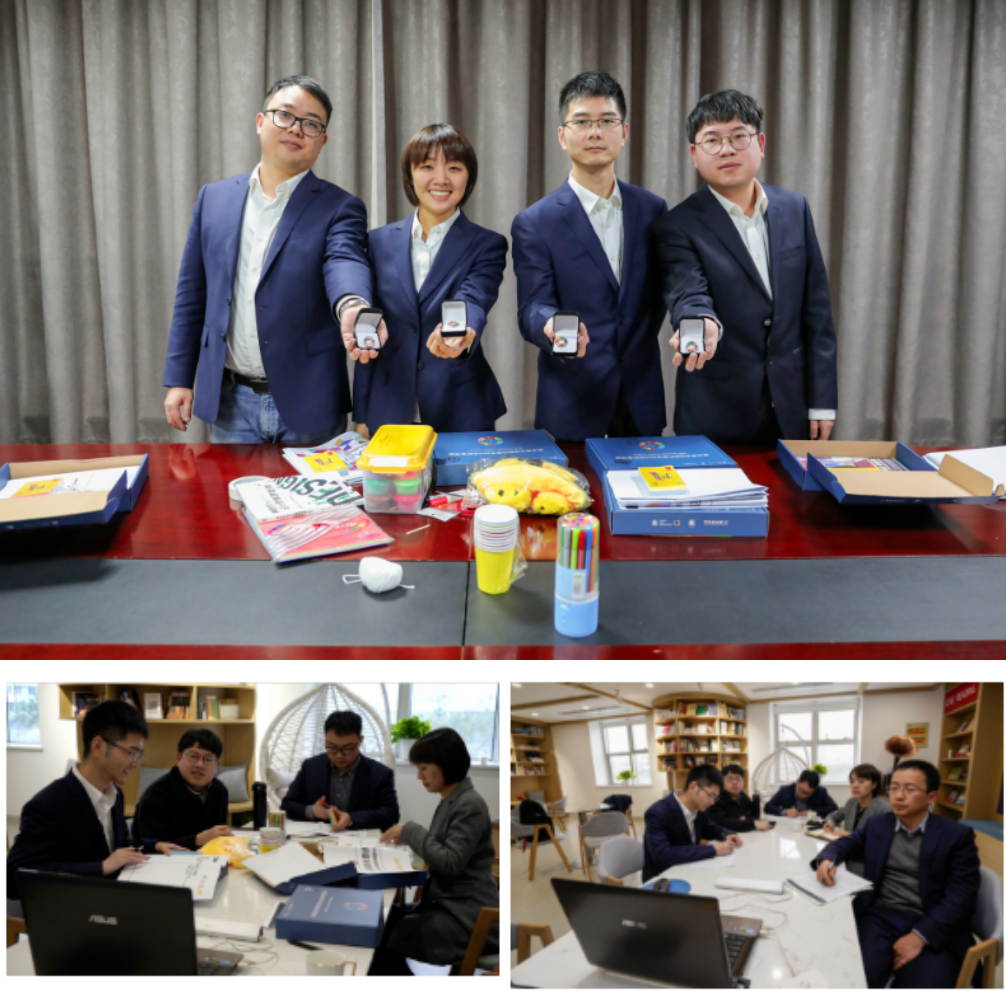
At the beginning of the first Innovation Camp, Ms. Liu Meng, Chief Representative of the United Nations Global Compact Asia-Pacific, introduced the innovative trend of mutual development between the young and business in accelerating for global sustainable development in her speech themed “Responsibility changes the world, the young lead innovation”.
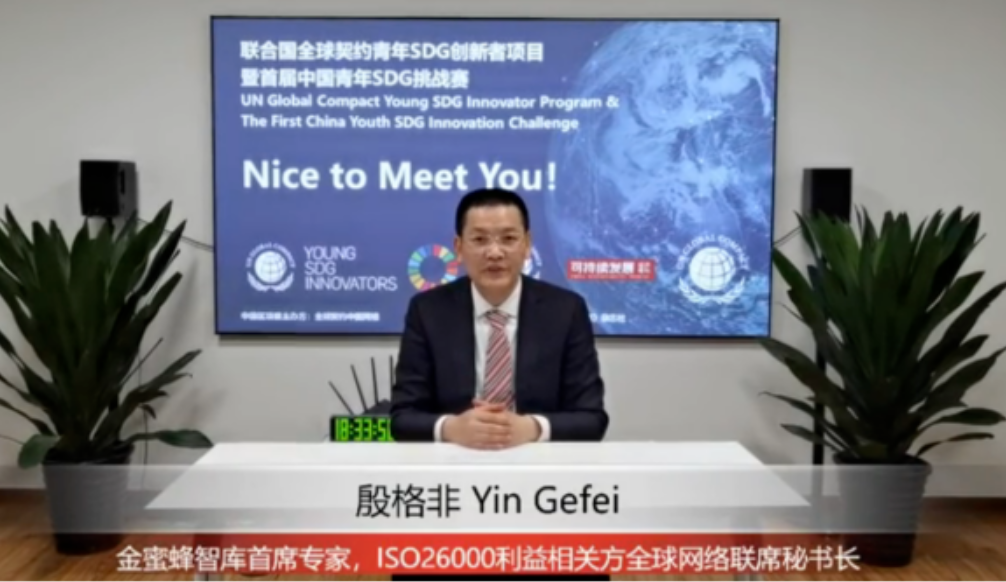
In his speech “the innovation of enterprises in the SDG era”, Mr. Yin Gefei, Chief Expert of GoldenBee, Secretary-General of ISO 26000 Stakeholder Global Network (ISO 26000 SGN) , analyzed eight cases selected for “GoldenKey- China SDGs Solutions” Campaign to share good SDGs practices of Chinese enterprises.
Upgrade understanding: Make good use of technology innovation and pay attention to technology ethics
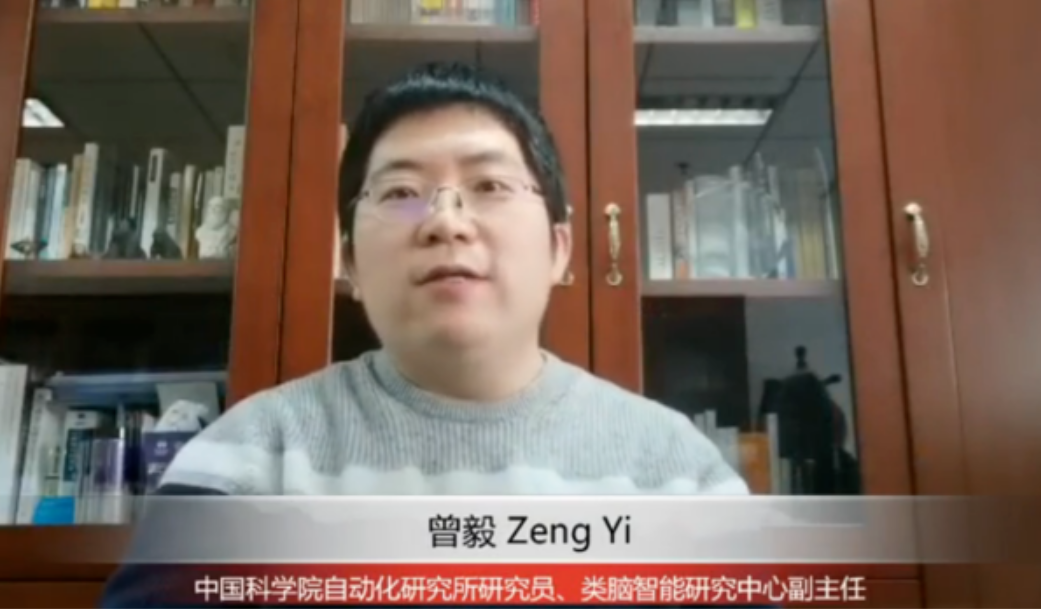
Zeng Yi, Director, China-UK Research Centre for AI Ethics and Governance, Institute of Automation, Chinese Academy of Sciences, explained AI’s logistics and shared examples on AI’s contribution in floods forecasting, increasing crop yields and reducing gender discrimination, to let innovators know that technology needs to have empathy.
Dr. Zeng believed that as artificial intelligence is still at the stage of information processing and has not reached information understanding, it will continue to play an auxiliary role in economic and social development for a long time. He also pointed out that the latest AI for SDG research shows that only 0.1% of current AI technologies are being used to support the SDGs but AI should generate greater value. He suggested that companies to eliminate as much ethical and social environment risks as possible in their technological innovation solutions to make the best use of technology.
Follow the latest trend: Explore enterprises’ carbon neutrality path
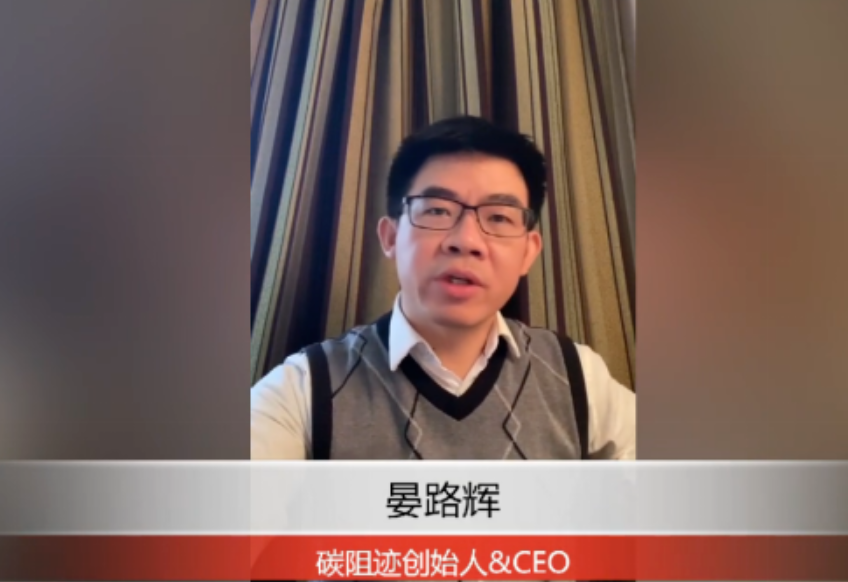
September 22, 2020, Chinese President Xi Jinping said at the General Debate of the 75th Session of the UN General Assembly, that China aims to have CO2 emissions peak before 2030 and achieve carbon neutrality before 2060.
In response to the cutting-edge topic, the Innovation Camp invited Mr. Yan Luhui, founder and CEO of Carbonstop to give innovators a lecture themed “China's carbon neutrality and corporate carbon management”, by introducing the background of carbon neutrality, explaining the method and path of carbon management, and showing case studies. Mr, Yan pointed out that, pressure from policies, cost, customers, carbon trading markets, corporate social responsibility and consumers will be the main drivers of corporate carbon management.
During the course, the innovators had in-depth exchanges with Mr. Yan on topics such as carbon emission targets, carbon accounting, data sources for equivalent greenhouse gases and carbon neutrality certification.
Method upgrade: Innovation, starting from design thinking

Ms. Shui Linlin, Dean of D-School, Communication University of China (CUC), visiting professor of Stanford University, gave lectures on design thinking. “Design thinking is not only people-centric, but also a comprehensive, human-oriented, human-based thinking that individuals and teams can use to create breakthrough ideas that can be realized and made work in the real world.” Ms. Shui shared the definition of design thinking put forward by Tim Brown, Chair of IDEO, as well as her own understanding.
During the first course, Ms. Shui introduced the background and trend of design thinking, and explained its workflow in details. She guided innovators with practices through observing, interviewing, digging and understanding each other's emotions and needs, communicating, summing up needs into one sentence, to deeply experience the practical value of design thinking in making innovative solutions.
In the second course, the innovators were guided to identify the sustainable development challenges of the enterprises with the model of "people-and-problem", used the mind map to comprehensively analyze these challenges, and accurately described and defined the challenges, which allowed innovators to truly identify the challenges enterprises face in a design-thinking way.

Innovators also completed an online course in the On Boarding phase to further understand sustainability issues and related tools and methods. At the NICE TO MEET YOU newcomers session before the opening of the first Innovation Camp, the innovation teams also showcased their creative logos as well as the team spirit, deepening the understanding with each other.
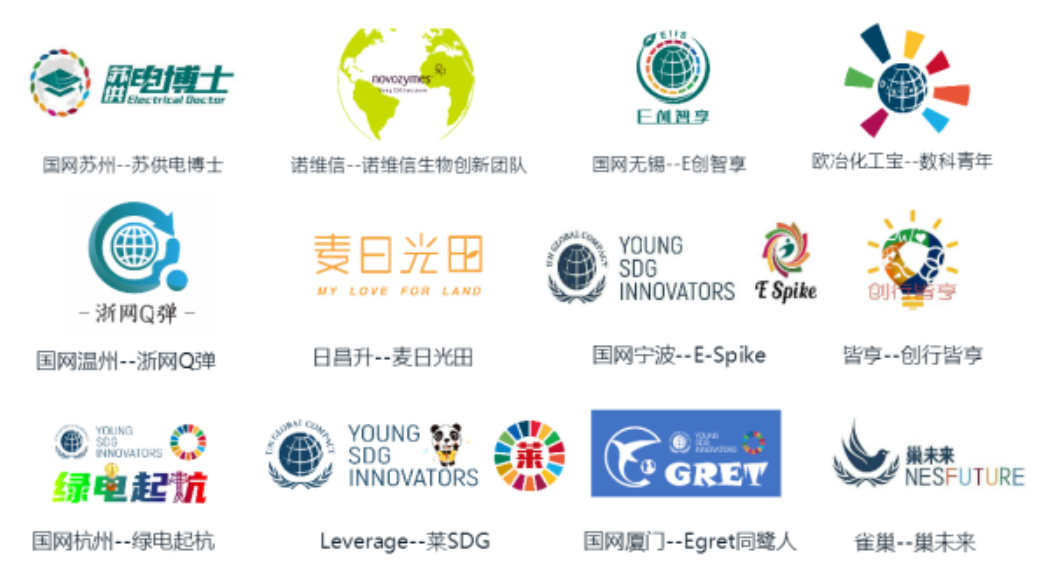
Innovators will continue to learn and practice SDGs and innovative approaches in the next 9 months. They will participate in a variety of innovation activities, and ultimately find innovative SDG business solutions.

 Back
to top
Back
to top